How do gearboxes work? Gearboxes explained. Aside from the engine itself, the most complex part of any vehicle is the gearbox. To help avoid finding yourself stuck in the middle of the great outdoors, miles from anywhere and struggling to get into gear it’s important that you take care of this crucial part of your vehicle. It’s also worth knowing some of the common early indicators that there might be trouble brewing, so you can identify any issues before they catch you out and turn that great trip into a memorable one for all the wrong reasons.
The gearbox, or transmission as it’s also known, sits between the crankshaft and the drive-shaft, and its job is to harness the power created by your engine that turns the crankshaft (the rotating axle that takes power from the engine) and converts that into usable momentum to the drive-shaft running under the vehicle that ultimately powers the wheels. That explanation is easily written down but in reality is much harder to actually bring to life.
But let’s say thanks to the ingenuity of two Frenchmen, Louis-Rene Panhard and Emile Levassor, who developed the first standard transmission having taken the mechanism they’d seen used in lathes, they made several adaptations and produced the first three speed transmission which they demonstrated way back in 1894. Known as ‘crash boxes’ due to the difficulty in changing gears, these are the basic design that still forms the starting point for most contemporary manual transmissions, however, it is the more modern Synchromesh gearbox invented by Earl Thompson for General Motors some 38 years later in 1922 that are still commonly used today.
Gearboxes Explained
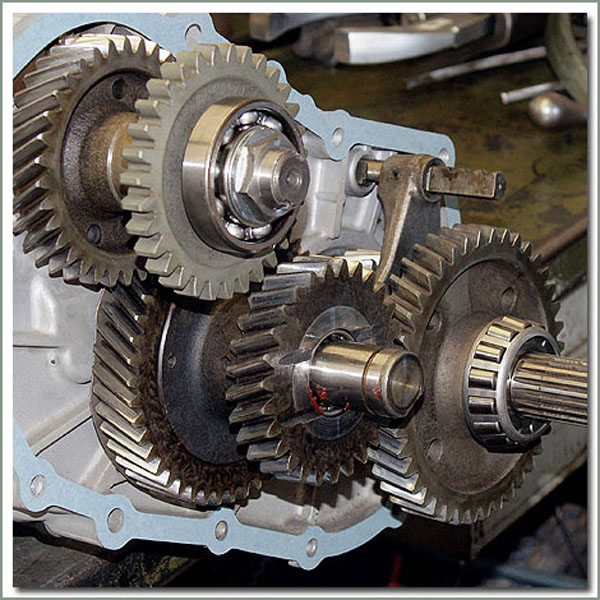
Frenchmen, Louis-Rene Panhard and Emile Levassor developed the first standard transmission
This most popular of designs comprises of three shafts: the input shaft; the lay-shaft and the main-shaft, which run in bearings in the gearbox casing.
The engine drives the input shaft, which in turn drives the lay-shaft.

This lay-shaft rotates gears on the main-shaft, and these rotate freely until they are locked by means of the synchromesh device which is splined to the shaft. It is the synchromesh device which is actually operated by the driver, through a selector rod with a fork on it which moves the synchromesh to engage the gear. The baulk ring, a delaying device in the synchromesh, is the final refinement in the modern gearbox which prevents engagement of a gear until the shaft speeds are synchronised.
Avoid bad habits that will affect your gearbox
As you can imagine with a device so complex and with so many intricate moving parts it’s vital that you take good care of it and there are some simple ‘bad habits’ you can avoid doing when driving to help stop unnecessary wear and tear:
- Don’t rest your hand on the gearstick when driving
- Never use the clutch to hold yourself on a slope
- Don’t suddenly apply heavy throttle when in a high gear but the engines is at low revs.
- Don’t rest your foot on the clutch pedal when driving along
- Don’t leave the car in gear when sat stationery in traffic, put it into neutral and take your foot off the clutch.
As well as doing all of the above, keeping on top of checking your transmission fluid levels and following the recommended servicing intervals will greatly extend the life of your transmission and avoid an early failure.
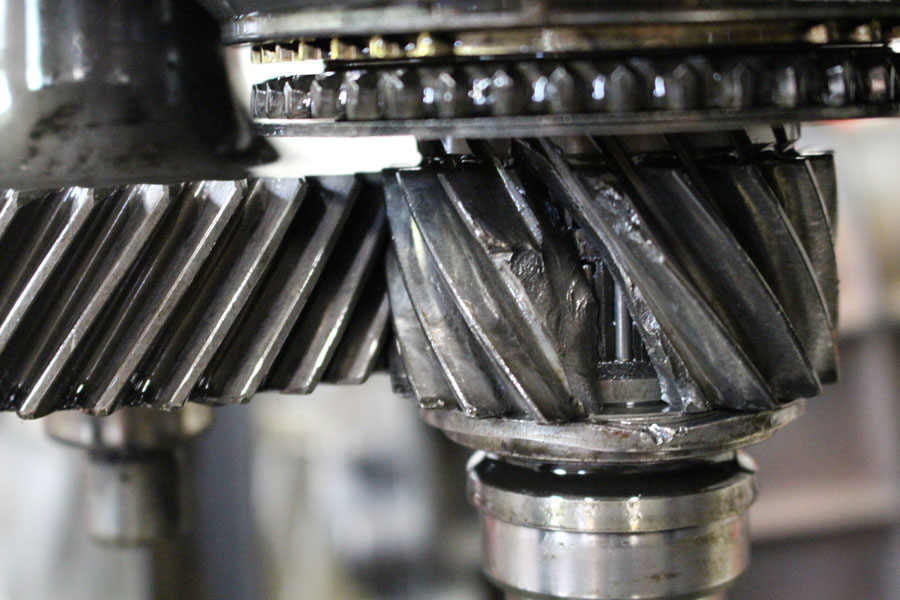
Damage to the teeth in a gearbox
Things to look out for
But, unfortunately, like all mechanical things, transmissions eventually wear out and ultimately fail to perform as they were designed to do. Your vehicle will normally start to exhibit some common warning signs that you should look out for that tell you your transmission is encountering issues or is in imminent danger of failing. Most common amongst these are:;
Noise: Getting to know the ‘sound’ of your vehicle and noticing any changes is the best way to spot an early warning that things are starting to go wrong and to get it checked sooner rather than later. The range of sounds that can give an indication of different issues is varied and can manifest in several different ways:
Whining and Howling – not the noise from the kids in the back this time but whining that appears suddenly and becomes loud a short period of time can indicate damage to the gear teeth or hub bearings. Most likely source is a lack of lubrication.
Rumbling and Growling – low pitched growling or rumbling when the engine is running is usually a sign of a faulty rolling element bearing.
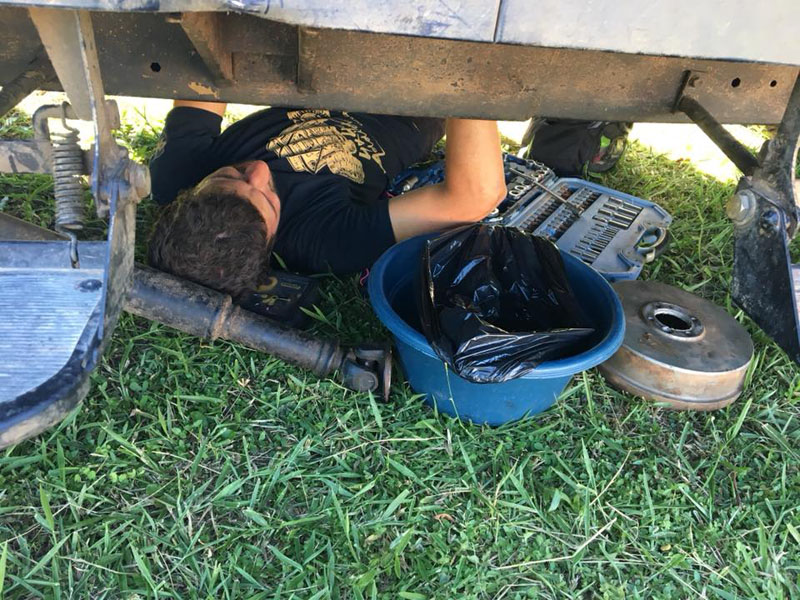
Buzzing or Hissing – If the gear leaver is making a hissing or buzzing sound while the car is moving, especially when accelerating or decelerating check for a loose bolt or worn rubber isolators in the shift linkage which is the most common cause. It could also be due to bent shift forks, shift rods/interlocks or excessive movement in the synchroniser sleeves. In all these instances the noise is caused by the shift forks contacting the grooves in the sleeves and the hissing sound then travels up the gear lever.
Banging and Clunking – If felt in the gear lever and heard under the vehicle it usually indicates a broken or loose motor mount. Normally the sound is loudest when you’re letting out the clutch.
Grinding & trouble shifting – This ‘crunching’ sound is normally felt as much as heard. This is normally a direct result of a failure in the synchroniser process caused by either a problem in the transmission or by a separate clutch issue.
Lack of Response – If there is a delayed response to your input or there is a delay in acceleration after pressing the accelerator it’s time to get it checked.
Surging of transmission – abnormal jerking movements while changing gears.
Overheating – If your temperature indicator shows a high temperature but your radiator is fine this can be caused by clogging of the fluid cooler lines, a drop in fluid levels or a malfunctioning oil pump.
Fluid leaks – most gearbox failures are associated with fluid leaks so keep an eye out for these. If you think you may have a leak try laying cardboard under the vehicle when you park it up at night and then look for evidence of a leak in the morning and whereabouts it seems to be coming from.
Burning smell – Never something you want to associate with your vehicle but is commonly caused by overheating of the transmission fluid. Don’t panic, just get it checked as soon as you can.
Above all, ensuring you keep the clutch and transmission fluids topped up and regularly drain and replace them with the correct grade as advised by the servicing intervals for your vehicle will do more than anything to keep your gears running smoothly and you enjoying trouble free motoring.
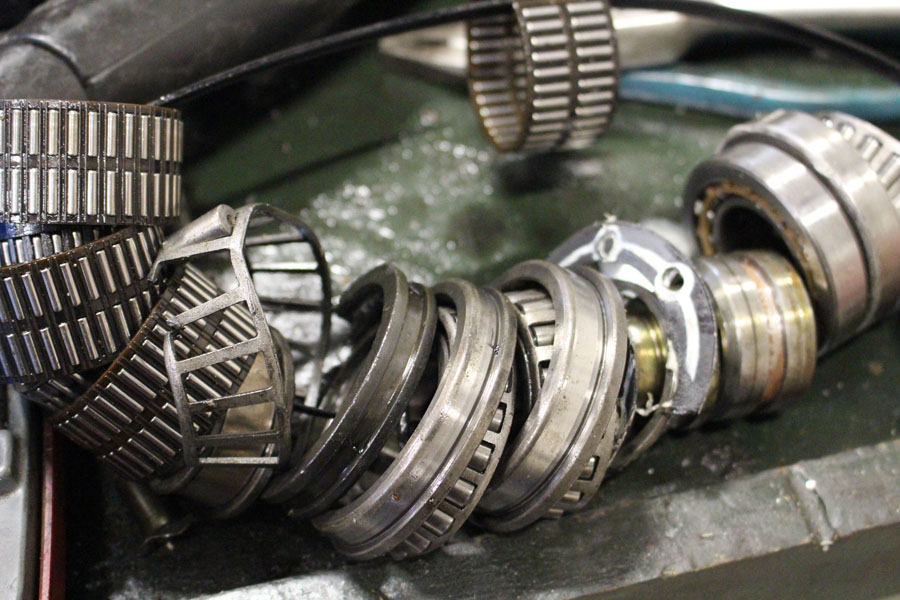
Euro4x4parts supplies a wide range of parts for gearboxes
If you start to have have issues with your gearbox/transmission get your vehicle assessed or assess it yourself if you have some mechanical expertise, you don’t always have to pay a fortune to a manufacturer to get your vehicle back on the road. Through well priced companies like euro4x4parts you can purchase quality parts and kits that can get you sorted without costing an arm and a leg. By doing this you could end up saving hundreds of euros. Euro4x4parts is a one stop shop where you can purchase all your 4WD mechanical parts,be it gearbox mounting kits, overhaul kits, filters, bearings or shafts the list is endless.
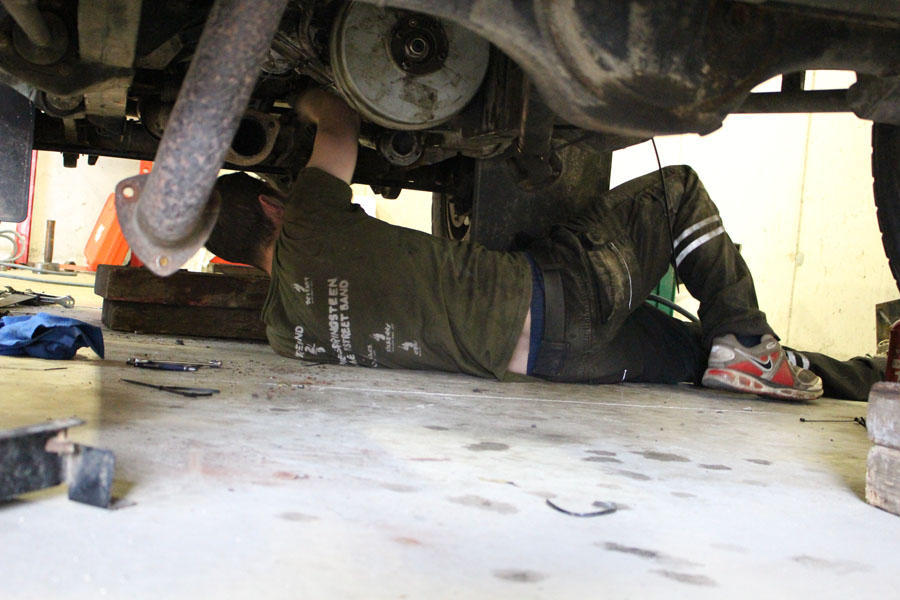
By diagnosing the issue with your gearbox you can save a lot of money by purchasing the right parts
The Euro4X4parts online catalogue includes more than 90,000 part numbers with their database of parts and accessories covering 99% of all 4x4s on the road, making it a unique supplier throughout Europe.

Euro4x4 parts will advise you in making sure you choose the right part for the job
The online catalogue easily allows you to select the precise part you need, avoiding unnecessary returns. Euro4x4parts also provide the parts for older vehicles like the BJ40 where they stock over 400 parts for this iconic vehicle alone. Or if your driving a Nissan Patrol they stock approximately 570 parts for this popular fourby. So be it a Toyota Land Cruiser 80, 100 or a Mitsubishi Pajero euro4x4parts has got you covered.

Euro4x4parts HQ in France
70,000 PARTS,
SPARES & ACCESSORIES
FOR 99% OF 4WD VEHICLES IN EUROPE

Euro4x4parts provide parts for 99% of 4WD vehicles on the road
Raised on the Road – a young french family tour the world
Euro4x4Parts 4×4 Accessories
Camping Spare Wheel Bag from Euro4x4Parts – Bag Mounted on Spare Wheel

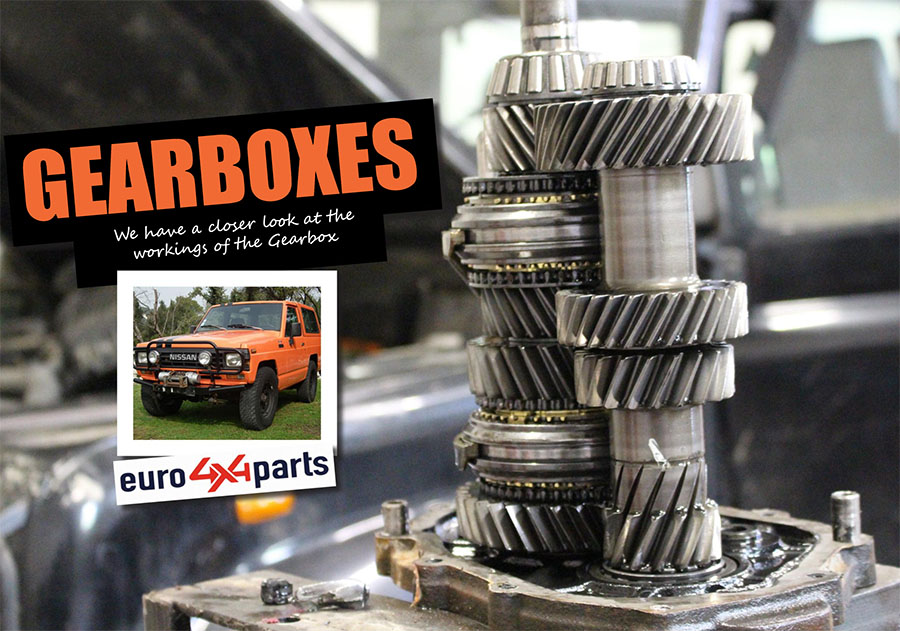

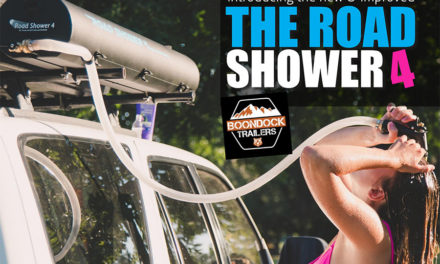
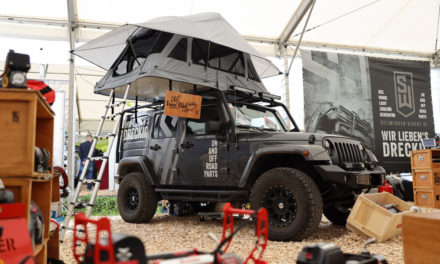

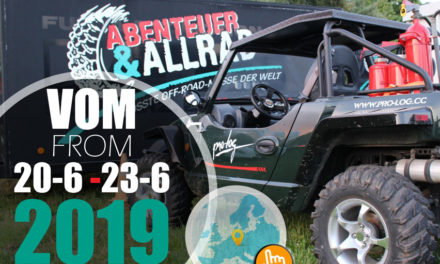


Recent Comments